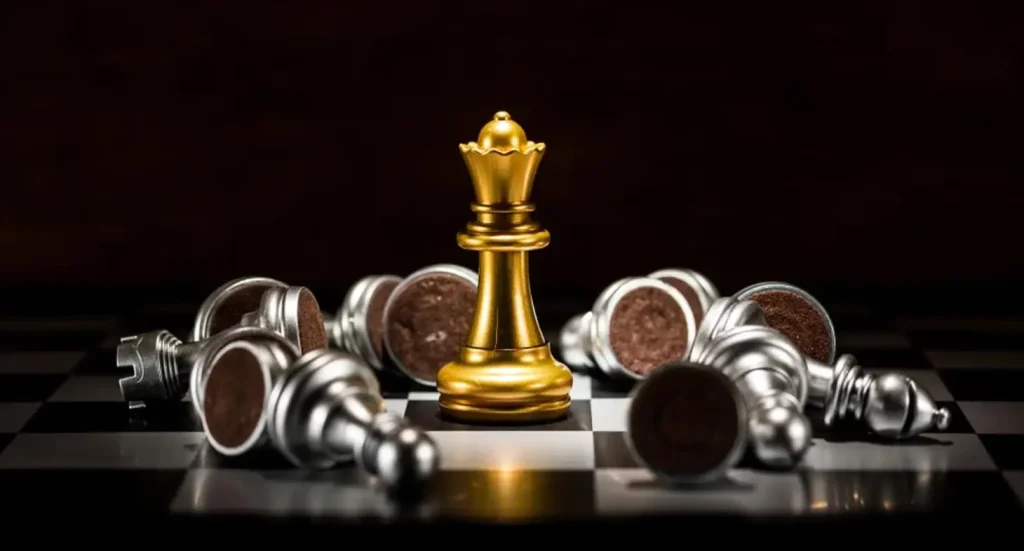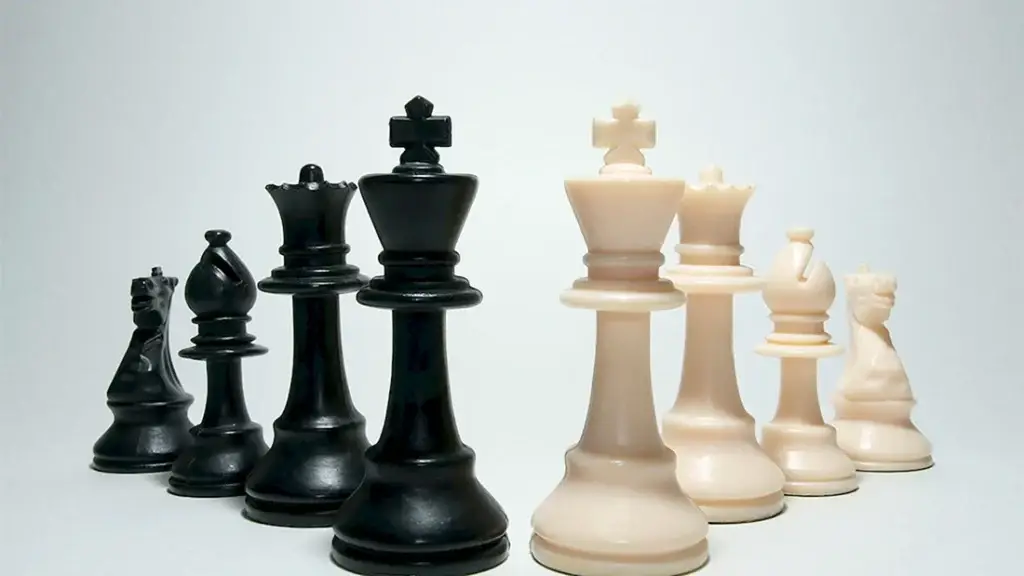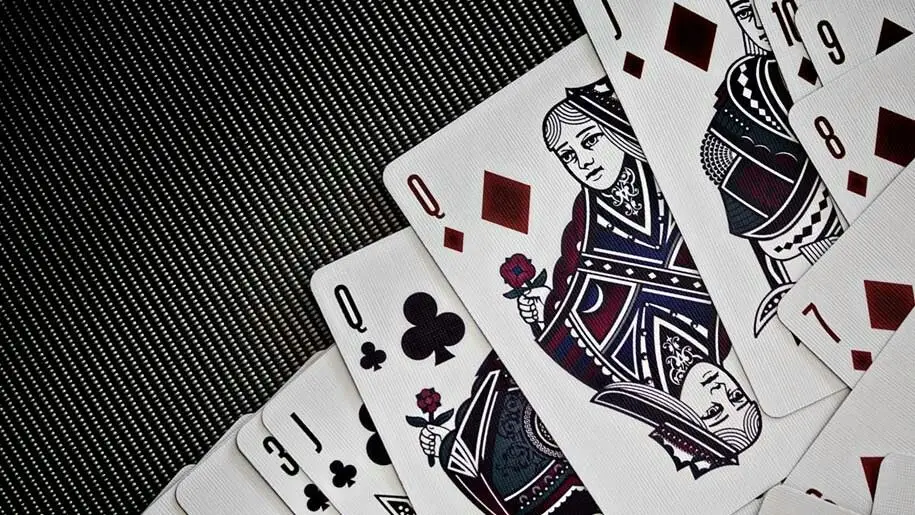Understanding how chess pieces move forms the basis for tactical thinking and strategic depth. Each move is not only a movement on the board, but also a transfer of responsibility, attack, defence and potential advantage. Unlike most board games, chess depends on a combination of logic and intuition. If you know the movement mechanisms of each piece, chaos turns into a system and you can consciously steer the development of the game. If you learn without thoroughly analysing the moves at the beginning, you are at the mercy of chance rather than calculation.
Basic elements: how chess pieces move
Before you start, you need to clearly define the elements that make up the game and the meaning of the chess pieces in the context of the game.
- Names:
- Pawn.
- Knight.
- Bishop.
- Rook.
- Queen.
- King.
The pawn symbolises the soldier, the first line of attack. The knight represents the knight, who is flexible and agile. The bishop is associated with the clergy or advisors. The rook is a fortress, a defensive bastion. The queen is the embodiment of power, speed and strength. The king is the centre of events, control and threat at the same time. This diversity creates a rich strategic palette in which the movement rules of the chess pieces create unlimited scenarios.
Pawn: the first move is a step forward.
 At first glance, the functioning of this piece seems simple, but its structure conceals profound nuances. How the pawn moves: this chess piece moves one square vertically forward. On its first move, it moves two squares. It attacks diagonally, but does not move diagonally. It cannot move backwards.
At first glance, the functioning of this piece seems simple, but its structure conceals profound nuances. How the pawn moves: this chess piece moves one square vertically forward. On its first move, it moves two squares. It attacks diagonally, but does not move diagonally. It cannot move backwards.

The pawn has limited mobility, but plays a key role in building positions, defending and advancing. When it reaches the last horizontal row, the transformation rule comes into effect: the piece is replaced by another piece, except for the king, usually by the queen, increasing its activity.
The knight: an unpredictable leap through space
Due to the unusual nature of its movement, this piece is particularly effective in closed positions. The piece moves in a G-shape: two squares in one direction and one perpendicular to it. The unique feature of this piece is that it can jump over other pieces. The knight attacks surprisingly, breaks through dense defences and creates threats in small spaces. One move covers eight squares, creating both a diagonal and horizontal threat.
The bishop: diagonals as a control field
The piece dominates the space diagonally and is particularly effective on open boards. The bishop moves diagonally over any distance. It does not pass any pieces. On the board, one element moves across the light squares and the other across the dark squares. The combination of two bishops provides control over the diagonals and creates pressure on the flanks. A piece covers 13 squares from the central position. In a long game, the bishop is particularly strong in combination with the queen or the bishop.
Airplane: axial power and extreme stability
Due to its straight geometry and range, it is an important piece for controlling the vertical and horizontal lines. The airplane moves any number of squares forward, backward or sideways. It cannot jump over other pieces. This piece plays an important role in the endgame, reinforcing the vertical lines and participating in the attack on the back row. In the centre of the board, it covers up to 14 squares. It is combined with another element of chess mechanics: castling, in which the bishop moves over the king.
The queen: absolute flexibility and pressure
The combination of the power of the bishop and the rook makes this piece the most important attacking tool. The queen moves vertically, horizontally and diagonally over any distance. From the central position, she covers up to 27 squares. She is used for attack, control of space and support of the pawns. In the endgame, she often completes the checkmate attack.
King: last resort
How do these chess pieces move? The centre of the game, vulnerable but strategically necessary. Losing it means the end of the game. It moves one square in all directions. In combination with the rook, castling is possible, the only double move in the game.

Defensive technique. What happens: if there are no pieces between the king and the rook, neither has made a move and the king is not under attack. In this case, the king moves two squares towards the rook and moves through it. The technique protects the king and brings another piece into play.
How to learn chess
The analysis of the mechanics of movement forms the basis of the learning process. The beginner must memorise all the movements of the pieces and then understand the interaction between them. First, a limited board is introduced: 4×4 or 6×6 with one or two elements. Repeating the movements is not the goal, but a means of remembering the directions. Once this has been mastered, situations are introduced: defence, attack, combination. It is not necessary to memorise games, but to make a clear connection: piece → goal → path. The symmetry and geometry of the board accelerate the learning process. After a week of training, 90% of beginners can reproduce the rules with confidence.
Conclusion
 Once you understand how the chess pieces move, the board becomes a map full of possibilities. Behind the simple logic of the moves lies a multitude of strategic decisions. Each piece determines a style: the queen stands for aggression, the rook for control and the pawn for the foundation. Chess not only develops the skill to play, but also the ability to think. The depth is revealed with every move you learn. The beginner starts with the mechanics, but eventually arrives at tactics, analysis, and prediction.
Once you understand how the chess pieces move, the board becomes a map full of possibilities. Behind the simple logic of the moves lies a multitude of strategic decisions. Each piece determines a style: the queen stands for aggression, the rook for control and the pawn for the foundation. Chess not only develops the skill to play, but also the ability to think. The depth is revealed with every move you learn. The beginner starts with the mechanics, but eventually arrives at tactics, analysis, and prediction.
 en
en  ru
ru  de
de  ar
ar  es
es  nl
nl  hi
hi  fr
fr  it
it  pt
pt  el
el 










